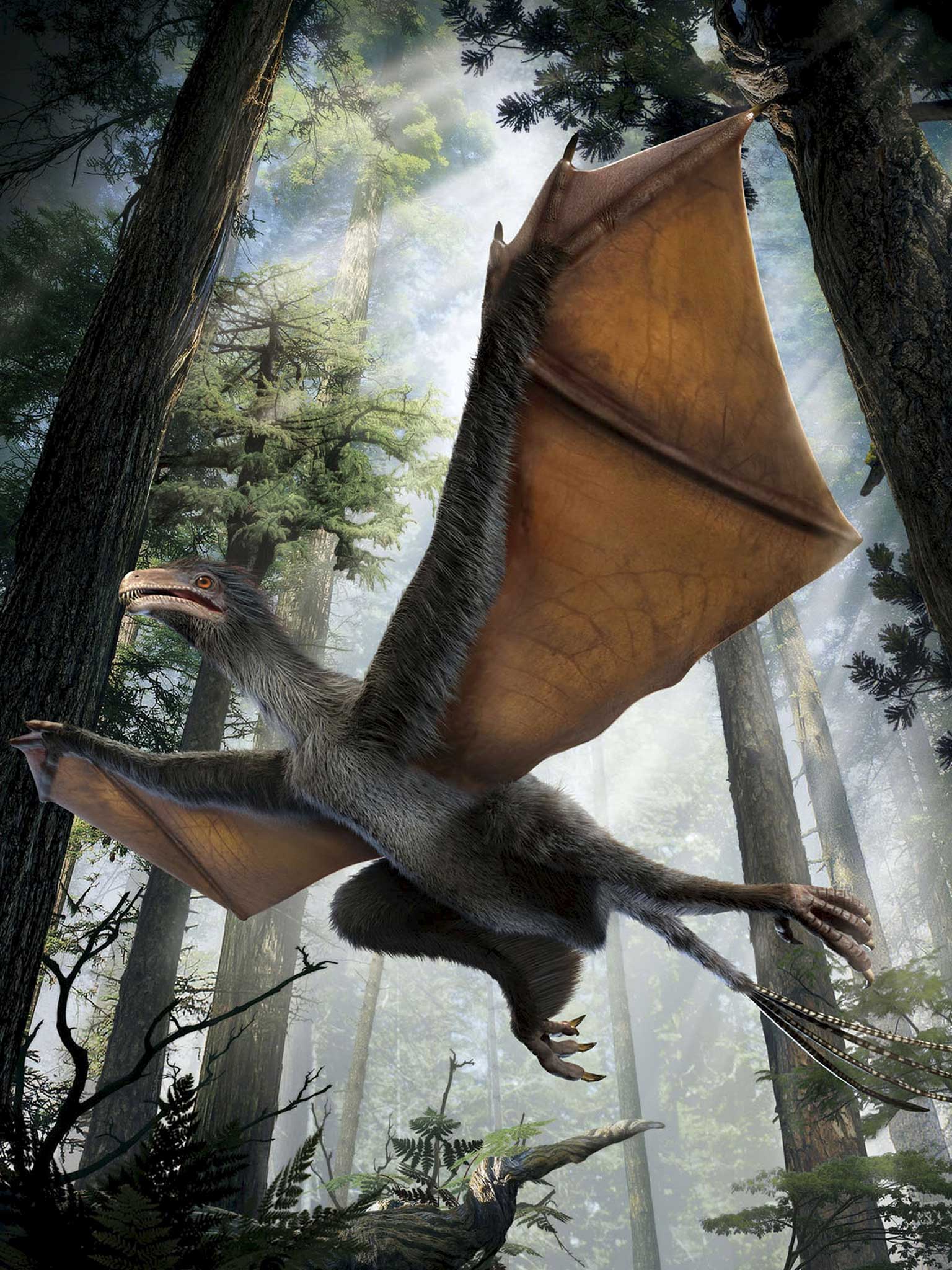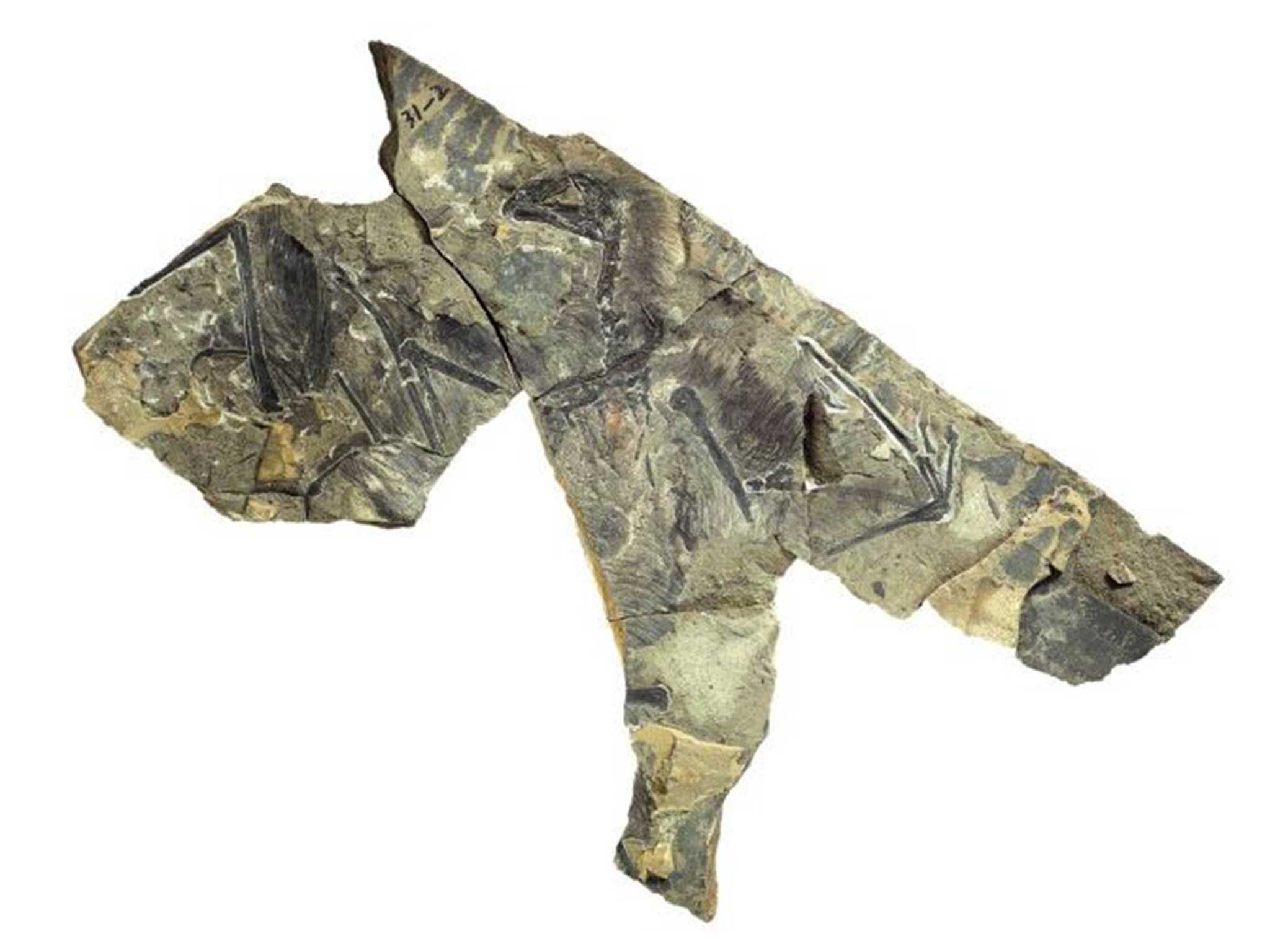Yi Qi: 'Strange wings' bat-like dinosaur fossil found after 160 million years
Fossil was discovered in China and has excited

Your support helps us to tell the story
From reproductive rights to climate change to Big Tech, The Independent is on the ground when the story is developing. Whether it's investigating the financials of Elon Musk's pro-Trump PAC or producing our latest documentary, 'The A Word', which shines a light on the American women fighting for reproductive rights, we know how important it is to parse out the facts from the messaging.
At such a critical moment in US history, we need reporters on the ground. Your donation allows us to keep sending journalists to speak to both sides of the story.
The Independent is trusted by Americans across the entire political spectrum. And unlike many other quality news outlets, we choose not to lock Americans out of our reporting and analysis with paywalls. We believe quality journalism should be available to everyone, paid for by those who can afford it.
Your support makes all the difference.Researchers have announced the discovery of a 160-million-year-old dinosaur fossil, as scientists grapple with what this may mean for the evolution of flight.
Beijing’s Chinese Academy of Sciences found the fossils, discovered in Hebei Province, indicated the dinosaur was small, covered in feathers and possessed a large bone extending from its forearms – appearing to support a wing.
It is the first such fossil found and is thought to belong to a previously unknown species of obscure smaller dinosaurs (scansoriopterygids), related to the famous primitive bird, Archaeopteryx.
The dinosaur, named Yi Qi meaning ‘Strange Wing’ in Mandarin, is not thought to be related to the origin of mammalian bats but instead is thought to be an example of convergent evolution.

This occurs when species independently evolved similar characteristics – such as developing a large bone in their wrist or hand and a supporting membrane, as found in Yi Qi’s fossilised remains from the Jurassic period.
The find is significant because it is unusual to see such membrane development in a dinosaur and further complicates study into the development of flight.
“It definitely evolved a wing that is unique in the context of the transition from dinosaurs to birds,” Professor Xu Xing, lead author of the study from the Institute of Vertebrate Paleontology and Paleoanthropology, in Beijing, told the Guardian.
Dr Mike Habib of the University of Southern California, who was not involved in the study, said that the “exciting” discovery could change views on the evolution of flight in dinosaurs.
Subscribe to Independent Premium to bookmark this article
Want to bookmark your favourite articles and stories to read or reference later? Start your Independent Premium subscription today.
Join our commenting forum
Join thought-provoking conversations, follow other Independent readers and see their replies
Comments